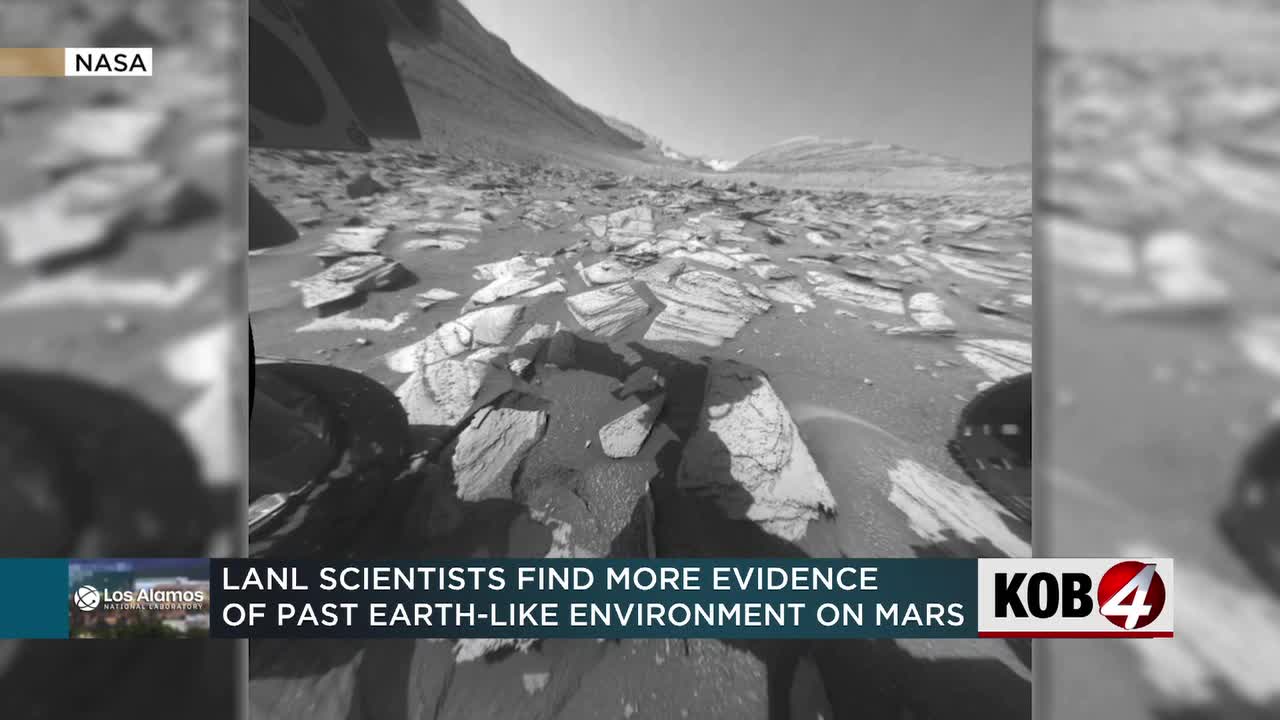Scientists at Los Alamos National Labs have made a groundbreaking discovery, revealing Earth-like environments on Mars. The Curiosity Rover has been stationed on the Martian surface since 2015, exploring the Gale Crater near the planet’s equator. The primary objective of the mission is to analyze the composition of the planet’s surface and determine if it could potentially support life.
Upon landing, the researchers found compelling evidence of ancient water bodies on Mars, such as rivers flowing into lakes. The rocks discovered in the crater indicate the presence of a long-standing lake, formed over a significant period of time. Images captured by the Curiosity Rover depict a vast expanse of manganese rocks with distinct characteristics that suggest the prior existence of water, including layered formations and the presence of clay minerals.
Although the water on Mars may have disappeared, researchers are optimistic about the possibility of microbial life existing on the planet. The observations made by the team at Los Alamos National Labs indicate that Martian microbes, if they exist, could potentially survive in the current environment. The findings of the research have been published in the Journal of Geophysical Research, detailing the team’s analysis of data collected by the Curiosity Rover.
Dr. Patrick Gasda, a research scientist at LANL, emphasizes the importance of the images sent back by the rover in enhancing our understanding of Mars. Each new image provides valuable insights that help scientists interpret the geological features of the planet and investigate the potential for life beyond Earth. The ongoing exploration of Mars continues to yield exciting discoveries that could reshape our understanding of the universe.
